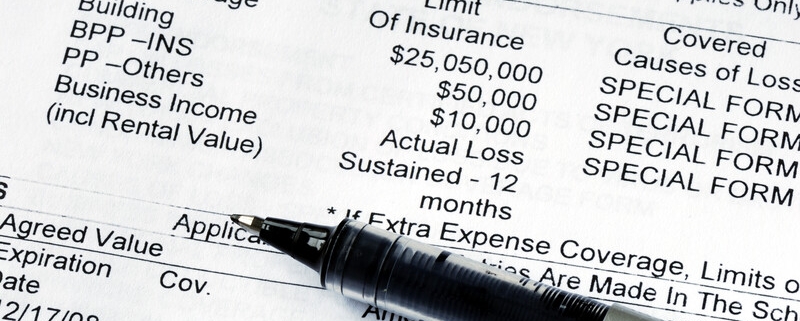If you own commercial property—or lease space in a building owned by someone who does—2025 could be a pivotal year. Nearly $1 trillion in commercial real estate loans are set to mature this year, and many property owners are facing tough decisions as they try to refinance in a very different financial environment than just a few years ago.
A Wave of Loan Maturities Is Hitting the Market
According to the Mortgage Bankers Association, about $957 billion in commercial mortgage loans—roughly 20% of the total outstanding—are coming due in 2025. That’s up from $929 billion in 2024, and the increase is largely due to short-term extensions that were granted during the pandemic and in the early days of rising interest rates.
If you’re a business owner who also owns your building, or if your landlord is struggling with a commercial mortgage, this growing wall of debt could directly impact your operations.
Why This Matters to You
Loan refinancing is getting harder. According to Moody’s Ratings, only about 61% of loans maturing in Q1 2025 were successfully refinanced—a significant drop from historical norms. Many borrowers are finding themselves in a bind:
- Original loan rates may be around 3%, but current rates are closer to 7%.
- Property values have dropped, especially for office spaces, making it harder to qualify for refinancing.
- Some lenders are now requiring additional equity or improvements to the property as part of the deal.
If your building’s mortgage is maturing—or if your landlord is struggling to refinance—it could affect everything from cash flow to your ability to renew your lease.
Delinquencies Are on the Rise
The number of delinquent loans is climbing. As of April, the delinquency rate for commercial mortgage-backed securities (CMBS) reached 8.17%, exceeding the peak seen during the pandemic. A significant portion of these loans are tied to office and retail properties.
This raises concerns for business owners who rely on stability in their commercial spaces. A distressed property can lead to deferred maintenance, management changes, or even foreclosure—creating major headaches for tenants.
Lenders Are Becoming More Selective
Lenders are closely evaluating borrowers before agreeing to refinance:
- Are owners investing additional equity?
- Has the property’s performance improved over the last two years?
- Is there a realistic path to stabilizing the asset?
If the answer is no, refinancing may not be offered, or it could come with tough terms. As a business owner, it’s critical to know whether your landlord is well-capitalized and proactive—or if they’re falling behind.
What You Can Do
If you own your property:
- Start conversations with your lender early if your loan matures in the next 12–18 months.
- Evaluate whether refinancing is feasible, or if bringing in a capital partner makes sense.
- Don’t wait—many lenders have little patience left for borrowers who’ve been slow to act.
If you lease your space:
- Ask your landlord about their financing position—especially if your lease is long-term.
- Review your lease terms for any clauses that could affect you if the property is sold or goes into default.
- Consider backup plans if your space becomes unstable.
Looking Ahead: What Comes Next?
Although the Federal Reserve cut interest rates three times in 2024, long-term rates have remained stubbornly high. Many property owners were hoping for rate relief, but instead saw refinancing conditions worsen. The 10-year Treasury yield—which affects many commercial loan rates—is still hovering around 4–4.5%.
At the same time, some private lenders and debt funds have stepped in to offer financing where traditional banks have pulled back. These lenders tend to be more flexible—but also more expensive.
Despite the risks, many in the industry believe lenders will continue to work with borrowers where possible. A repeat of the Great Recession, where mass foreclosures flooded the market, seems unlikely—for now.
Final Thought
As a business owner, you don’t need to be a commercial real estate expert—but you do need to be informed. Whether you own your space or lease it, now is the time to understand how this maturing loan crisis could impact your operations, your landlord, and your long-term stability.
Being proactive today could help you avoid surprises tomorrow.
Source: SFBJ









